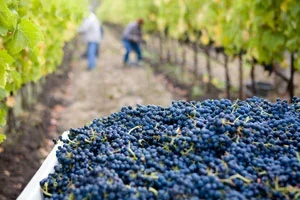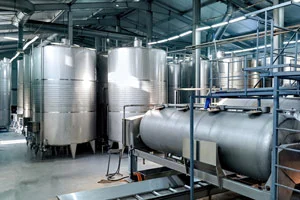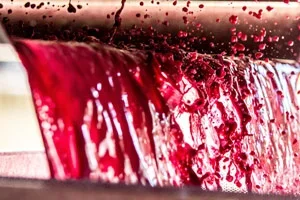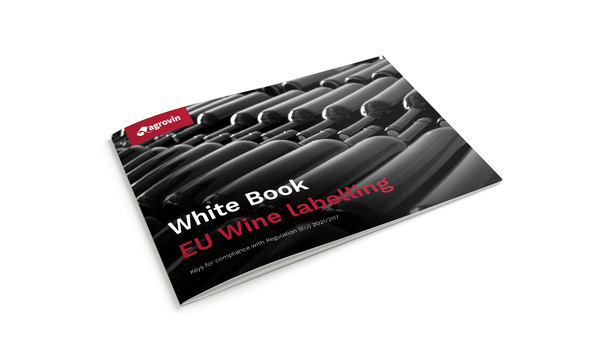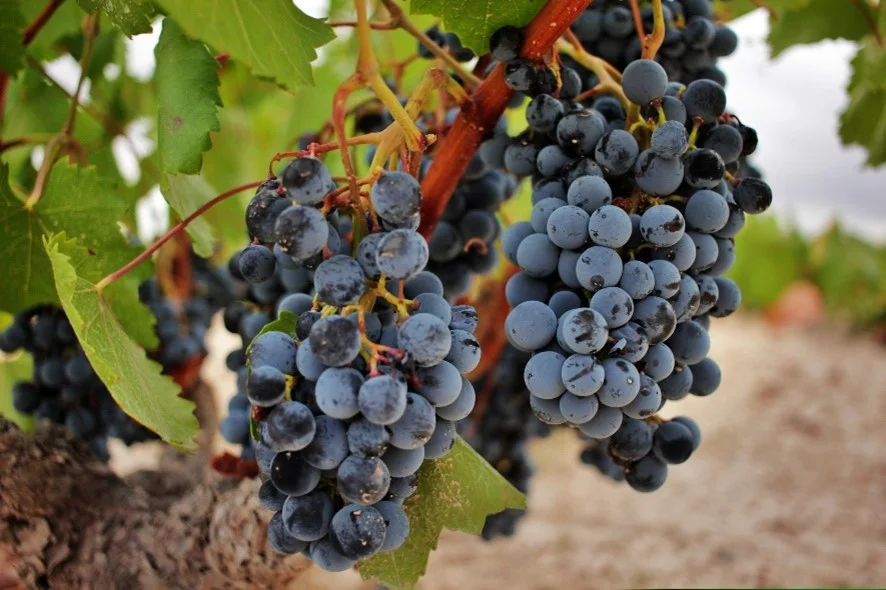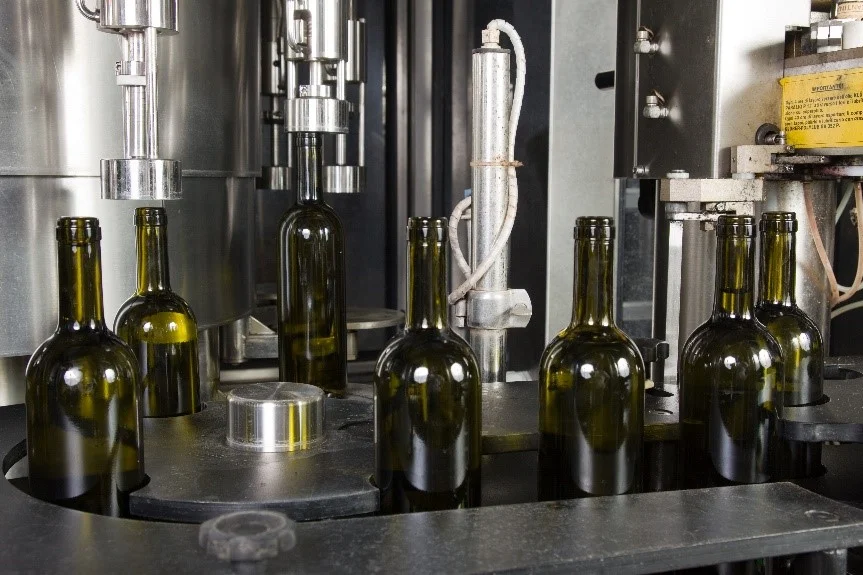There is very little time left. As you know, from 8 December, Regulation (EU) 2021/2117, published on 2 December 2021, which amends the labelling rules for wines and aromatised wines, will make it compulsory to include the list of ingredients and nutritional information of wines on the label. Those produced and labelled before that date will not be affected and, therefore, will not need any kind of modification on their labels, so they can be put on the market until stocks run out.
From that date onwards, all wines marketed in the EU must include four key aspects on their labels: energy value, intolerances or allergies, nutritional declaration and list of ingredients.
Through this post and with the help of the prestigious consultant oenologist Laurent Chancholle, we would like to inform you about some of the main changes that you will find in our white paper on wine labelling.
All the new rules, in the White Book Wine labelling
Due to all the changes that are coming immediately in the wine sector from 8 December, Grupo Agrovin has launched the White Paper on wine labelling.
By downloading this document, you will get all the complete and detailed information about all the changes that this new European regulation implies, as well as new obligations and other optional indications.
Additives must be on the label
The White Paper contains a complete definition of aspects that wineries should be clear about, such as what is meant by an ingredient or the difference between an additive – which does have to be labelled – and an adjuvant, as well as what kind of additives are subject to labelling, in addition to a series of tips on how this process should be carried out.
Regulation (EU) 2019/934, of March 12, 2019, lists the authorised oenological practices and their classification as additives or adjuvants (technological auxiliaries). Only additives are required to appear on the label. They include:
-
Acidity regulators:
tartaric acid, malic acid, lactic acid, calcium sulphate, citric acid. You can find our acidifiers here.
-
Preservatives and antioxidants:
sulphur dioxide, potassium bisulfite, potassium metabisulphite, potassium sorbate, lysozyme, ascorbic acid, dimethyl dicarbonate (DMDC). You can find our antioxidants here.
-
Stabilisers:
citric acid, metatartaric acid, gum arabic, yeast mannoproteins, carboxymethylcellulose (CMC), potassium polyaspartate, fumaric acid. You can find our stabilisers here.
-
Allergens:
Ovalbumin and caseinate, which, although considered adjuvants, because they are allergens, are also included in the list of additives. You can find our allergen certificate here.
Thus, it explains that “with this new regulation, on the one hand, the consumer will be able, in a simple and easy way, to have access to the list of additives and the nutritional value; and on the other hand, the producer will not have to overload his bottle and spoil the visual appearance of a package with an unattractive amount of information”.
As consultant winemaker Laurent Chancholle points out, “the nutrition declaration on the label may be limited to the energy value (in kcal or kj), provided that information is fully accessible. In fact, the energy value has more meaning for the consumer than the labeling of the complete nutritional table, since the wine does not contain salt, protein or fat.” In his view, it is a matter of public health and transparency for consumers, as well as harmonisation with long-established rules in the food industry.
And how can the producer provide this information so that the consumer can obtain it? “The sector seems to be moving towards the use of QR codes, which will be printed on the bottles,” says the winemaker.
European industry organisations have worked to design a collective platform that enables companies to comply with the new legislation and to respond to consumers’ needs for information and transparency. In addition, companies are helping to generate QR codes. All of them can be found in the White Paper we have produced.
CURRENT CONSUMER TRENDS: Healthy and Safe
Undoubtedly, this new regulation responds and has been adapted to the needs and trends of today’s consumer, who demand healthy and safe products. And not only that, but, increasingly, society wants to know more and is asking for transparency when deciding on one product or another. In such a framework, Laurent Chancholle believes that “it is normal and the time is right to launch these changes and thus assure consumers that the rules defined for a long time in the food industry will be applied. The lack of transparency implies that we have things to hide and this is never good in a market as globalised, competitive and hyper-connected as the current one and, therefore, with easy and fast access to information.”
This manual to help wineries launched by Grupo Agrovin addresses issues such as the calculation of the energy value and solves doubts that wineries may have, such as what information should appear on the physical label and what can be provided by electronic means or what are the advantages of using QR codes to display information about the wine’s ingredients.
Consequences of the new regulation on wine labeling
This new regulation undoubtedly implies an increase in expenses for wine producers, since they will be forced to modify their labels by adding the QR code and the energy label. In addition, as the winemaker points out, “wine distributors will have to educate their customers and they must be trained in oenology for this, to at least be able to explain why this or that additive is found in the wines they market”. Laurent Chancholle goes a step further by stating that “certain winemakers and restaurants will review their purchasing strategies based on the compositions”.
Consumers will value producers who use fewer additives in general. “I don’t think consumers will be willing to pay more for a reference wine they know because it is produced with fewer additives,” the winemaker concludes.
These are just some of the consequences of this new EU regulation that will come into force shortly and will affect wines produced in Europe, but will ultimately have consequences all over the world, from the United States to the United Kingdom and Canada. As we have mentioned, these are just a few hints of what is to come, but you can find much more information in detail in our White Paper.
